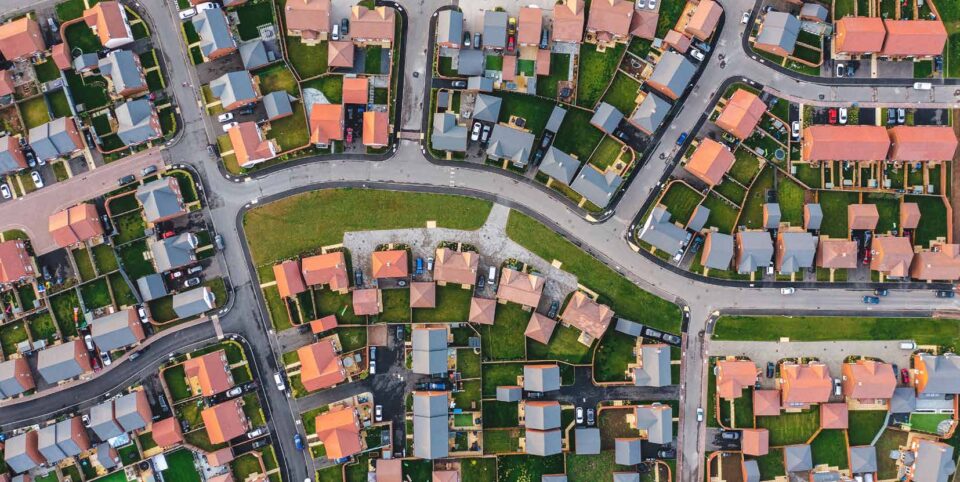Contact
020 4515 6728
info@ccameron.co.uk
Charles Cameron & Associates
Blackfriars Foundry
154-156 Blackfriars Road
London SE1 8EN
Understanding rental yields
January 16, 2023
Information published was correct at the time of writing
Make better investment decisions and ensure your buy-to-let mortgage is profitable

IF YOU’RE THINKING about becoming a landlord, or you want to add another property to your portfolio, it’s important to understand the rental yield. You’ll need to recognise what a good rental yield is and be able to calculate it. Having a sound understanding will help you make better investment decisions and ensure your buy-to-let mortgage is profitable.
ONE-SIZE-FITS-ALL APPROACH
There isn’t a one-size-fits-all approach when it comes to defining a ‘good’ rental yield. The ideal percentage will change depending on the location and whether it’s a residential property or student accommodation. A rental yield is a simple concept, but one that can be easily misunderstood. It’s important to understand the concept and how to calculate it in order to make informed decisions about your investment.
HIGHER RENTAL YIELD
Put simply, rental yield is the total annual rent you receive from a property compared with its value, usually expressed as a percentage. A higher rental yield means you are receiving more income from the property compared with its value.
Calculating a rental yield involves dividing your annual rent by the purchase price (or current market value) of the property and multiplying it by 100.
Rental Yield = Annual Rent/Property Value x 100.
Let’s say you buy a flat for £200,000 and the rent is £1,000 per month. Your annual rent would be £12,000.
Rental Yield = 12,000/200,000 x 100 = 6%.
So in this example the rental yield is 6%. Generally speaking a rental yield of 5% to 6% is seen as being good and anything above 7% would be ‘very good’. It’s important to remember that rental yields can be affected by location, property type and other external factors such as demand or changes in legislation.
GROSS AND NET RENTAL YIELD
You also need to consider the difference between gross and net rental yield. Gross rental yield is everything before expenses. It is calculated using the price of the property and the income generated by the property. The net rental yield is everything after expenses. It is calculated using the price of the property, the income generated by the property and the associated costs and fees of owning a property.
RESEARCH THE MARKET
It’s worth taking the time to research the market and understand what a good rental yield is for the area you’re investing in. This will help ensure your property investment is successful. It’s also worth noting that rental yield is just one of many factors to consider when buying a property. Property investment can be a lucrative venture but it’s important to do your research first. Understanding the rental yield is key to making professional decisions about buy-to-let investments.
Don’t forget, our professional, friendly advisers are on hand to support you and can help you explore all of your options.



